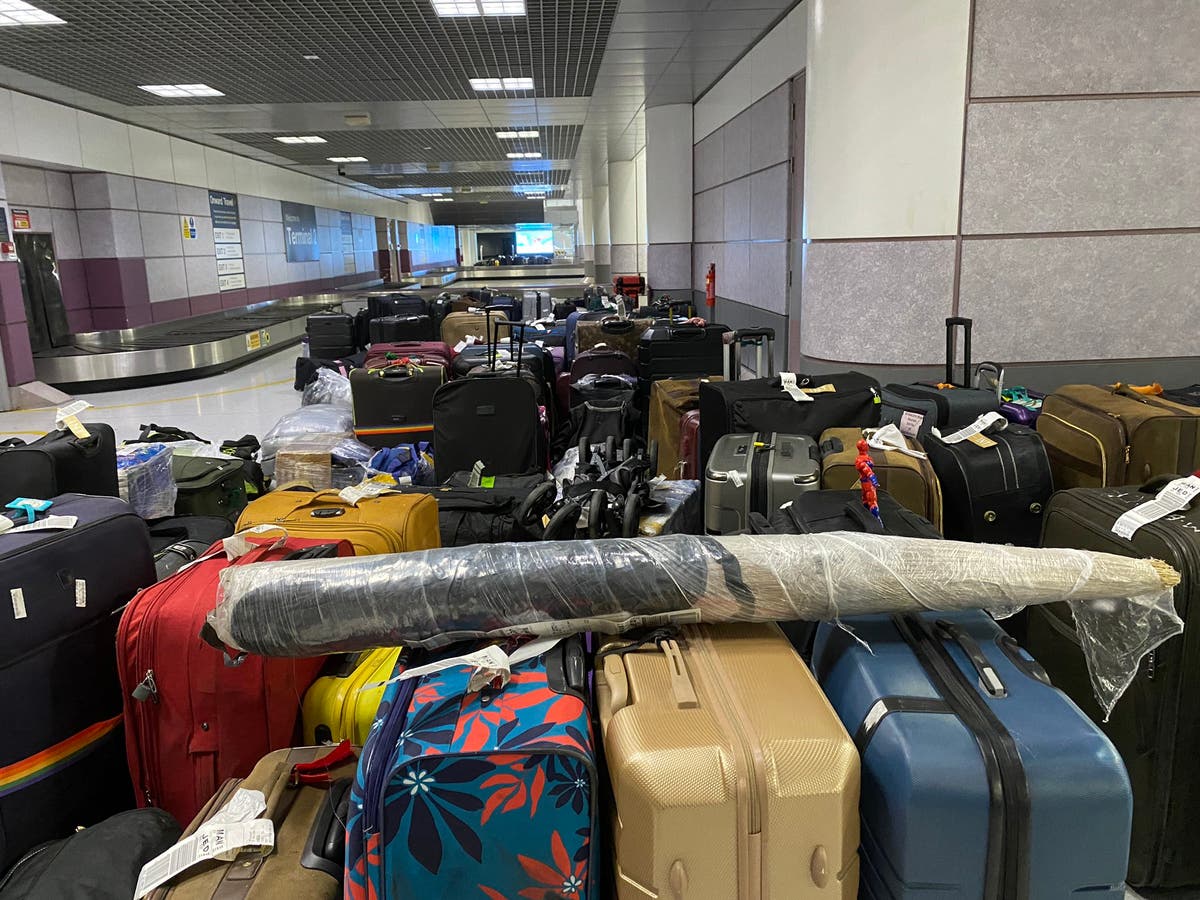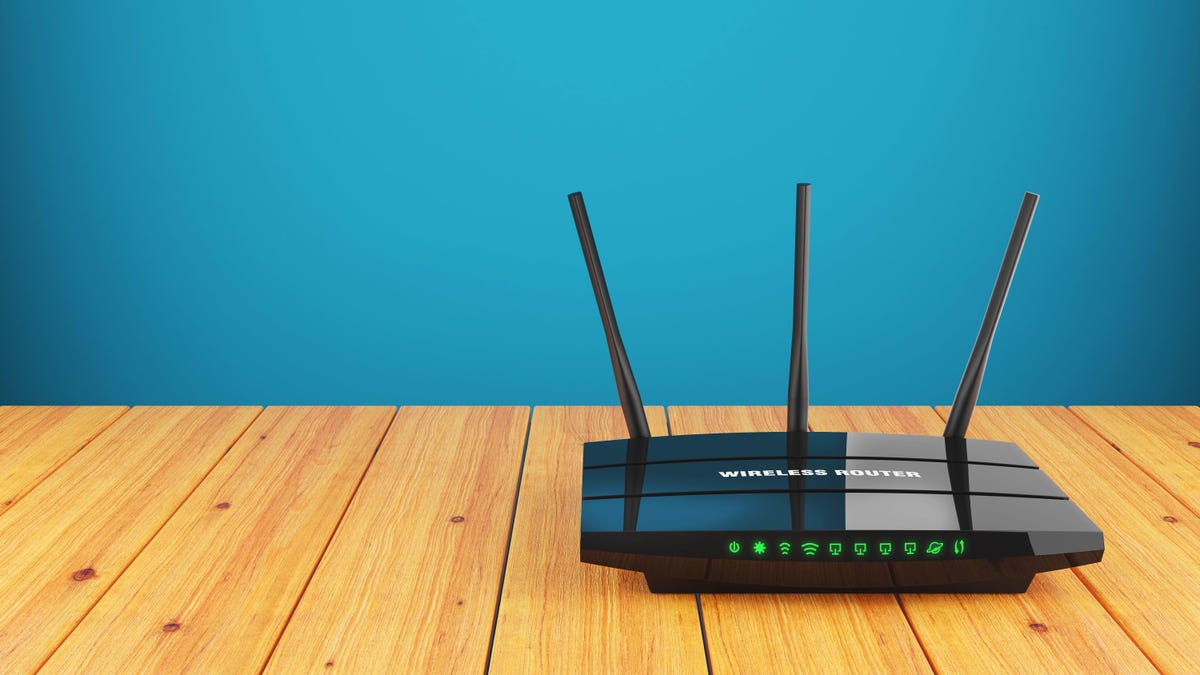What the New Lead Pipe Replacement Laws Mean for Homeowners
Here's how to navigate the new lead pipe replacement program and make sure that your drinking water is safe.


Credit: OB production/Shutterstock
The EPA has issued a sweeping new set of regulations that in most cases will require lead pipes that deliver drinking water to be taken out of service in the next 10 years. While there is still a public comment period to go through, as well as a pause for communities to make preparations, the new policy is coming down the pipes (so to speak). Since these new safe drinking water rules are going to also require private and not-for-profit drinking water distribution systems to remove their lead pipes, here’s what homeowners should know about the rules.
What communities will receive assistance?
With over nine million lead water lines in service in the U.S., the ambitious goal to reduce the risk of lead poisoning to children and adults comes with a plan to release additional funds to the $15 billion already allocated in 2021 to help find and eliminate lead hazards. Most of this funding will go to assist communities with severe funding deficits and to address inequalities in poor and marginalized communities like Flint, Mich. If you own a home in an economically depressed area, chances are that your public utility will be required to locate all of the lead pipes in their water distribution system and replace them in the next 10 years. In areas where there are more than 2,000 lead pipe service lines in one distribution network, utility providers may get an extension on the 10-year timeline, but the EPA is urging a 10% per year progression from all other areas.
Lead pipe location and testing
Some cities are enlisting the help of the public to sample their tap water in order to identify existing lead service lines. This is because older neighborhoods might have incomplete or lost building schematics and not all lead lines are already marked. So, if you live in an older neighborhood, especially in an area that hasn't already done much lead testing, you might be asked to complete a test kit and send it in for testing to help locate problem pipes. This has the added benefit of getting your tap water tested for free.
Will I have to pay to replace my lead water line?
While most of the funding for lead pipe replacement won’t go to private homeowners, the good news is that that’s because it will be the utility’s responsibility to find and replace even these lead pipes. If a public utility provider accepts resources from the lead pipe replacement funds, service lines located on private property that are connected to municipal water distribution systems will be the responsibility of the utility provider and not the homeowner under the lead pipe replacement rules.
Lead levels and testing
In addition to replacing lead water service lines, the EPA will also put in place new standards that reduce the allowable lead levels in drinking water from 15 parts per billion to 10 parts per billion. If you’re not sure where your water falls on the lead scale, you can get lead testing kits for your tap water from most municipalities, and the new lead pipe replacement law will free up funding for more testing in homes and childcare facilities. You can test your water even if you aren’t the homeowner to find out if you need to do mitigation for lead in your tap water.
What about private wells?
If you are one of the 23 million people who get their water from a private well that isn’t connected to multiple homes, the EPA doesn’t regulate your drinking water, but the EPA does provide guidance to those with private wells on when and how to test as well as signs of water contamination. Some state and local governments also have free resources for lead testing of well water, so if you’re concerned about your water source, you should check there first.

 AbJimroe
AbJimroe 
































